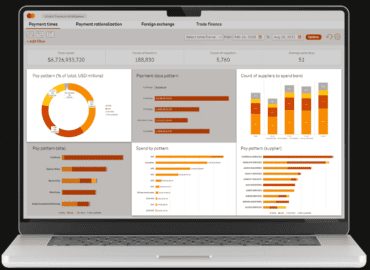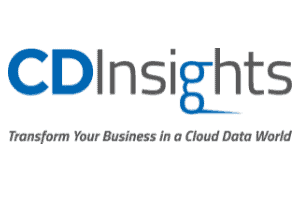
Organizations see the value in unified observability, but there are still several barriers preventing a business from attaining the full value of its data.
The benefits of unified observability, in which an organization has a complete view of the operating conditions instead of receiving insights from multiple platforms, is becoming more obvious to a wider array of businesses.
However, the use of legacy systems is slowing deployment of unified observability. In a survey on unified observability conducted by IDC and sponsored by Riverbed, it found the main barrier to achieving digital resilience over the next two years is that many mission-critical workloads have latency, performance, or security constraints.
SEE ALSO: Why Observability is Essential for Kubernetes
Other barriers included public cloud costs, difficulties expanding or updating staff levels and skills, and lack of consistent automation and analytics tools to optimize the environment.
“Data stands at the core of observability solutions,” said Mark Leary, research director of network analytics at IDC. “The ability to collect full-spectrum, full-fidelity data determines the success or failure of an observability solution, no matter whether that data supports a specific technology area or a larger end-to-end IT management initiative. IDC’s survey research indicates that over 80 percent of organizations have difficulty collecting the data they need. For these organizations, data shortfalls result in infrastructure blind spots and incomplete analysis.”
Shortcomings with the current crop of observability solutions included difficulty in facilitating exchanges and interactions across different solutions, failure to unify across infrastructure, applications, users, and devices, and limited use cases.
“Most enterprises use multiple observability solutions, yet 81 percent of respondents said it is still difficult to collect all of the data necessary to provide IT staff with a unified, comprehensive view into network conditions, infrastructure components, application performance, end-user experience and security threats,” said Leary. “In addition, the limited and compartmentalized nature of using multiple solutions restricts integration and collaboration across IT domains.”
Customer satisfaction was the main business priority driving the need for observability, alongside operational efficiency, and employee productivity. Revenue, profits, and cost savings were all ranked lower in terms of priority.
A majority of respondents perceived observability to only cover a few key areas. Collecting and analyzing four types of telemetry data (metrics, events, logs, and traces) was the most common perception of observability, with less respondents connecting it to DevOps, AI, ML, and actionable insights.
Even though organizations have experienced difficulties in unifying their observable data, that does not mean they do not see the value in doing so. In the survey, respondents said that improved IT staff productivity and collaboration, faster business decision making, and strengthening cybersecurity practices were all strategic benefits to unified observability.






